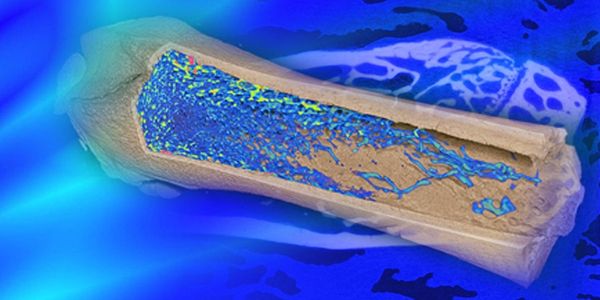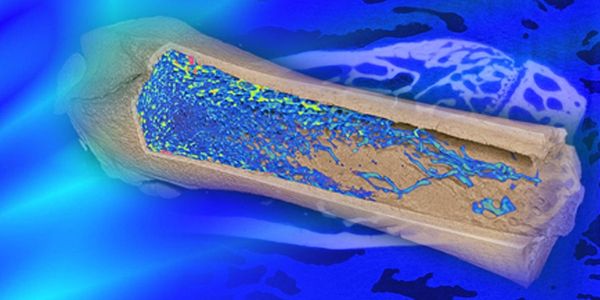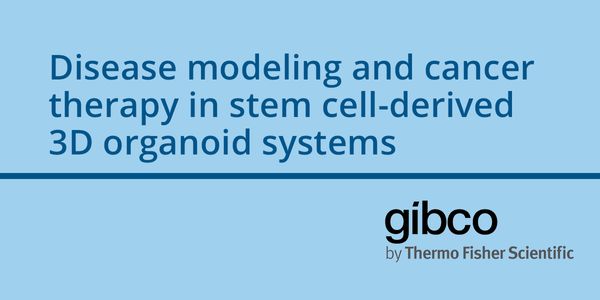Patient benefit
Patient benefit is used to assess the efficacy and feasibility of medical treatments. To assess patient benefit, a clear understanding of the patient's health prior to and after a procedure, treatment, or intervention is compared. Treatments which generate a patient benefit, with minimal or acceptable risks, may be approved for further clinical use.
-
What motivates patients to participate in clinical trials? Discussions most often revolve around potential study participants’ perception of therapeutic benefit. Misconceptions about th...Speaker: Nader Pouratian, MD, PhD , Ashley Feinsinger, PhDPresented at: Neuroscience Virtual Event Series 2019
Neurological disorders present a worldwide multi-factorial burden. They affect as many as one billion people globally - and that number is predicted to increase in the next decades. The wide-...
Pharmaceutical research and development efforts are often both inefficient and suffer from a high attrition rate of drug candidates within the clinical phase of development. Most drug t...
Prodrugs are harmless in their native state, as they are not targeted by human enzymes. But they can be converted into highly toxic compounds (the “drug”) by viral or bacterial en...
DEC 10, 2018 | 10:00 PM
DATE: December 11, 2018TIME: 06:00 PSTIt’s understood and accepted that animal disease models generally offer great value for pre-clinical research and efficient drug screeni...
DEC 06, 2018 | 8:00 AM
DATE: December 6, 2018TIME: 11:00am EST, 5:00pm CET Introduction Micro-computed tomography (micro-CT) offers significant advantages o...
DEC 06, 2018 | 1:00 AM
DATE: December 6, 2018TIME: 10:00am CET, 5:00pm CST Intro Micro-computed tomography (micro-CT) offers significant advantage...
Cervical cancer is the 4th most common cancer worldwide with 528,000 new cases and 266,000 deaths every year. It is also the only cancer 100% preventable. It has been extensively proved, that...
Speaker:
Chris Meijer, MD, PhD
NOV 08, 2018 | 5:00 PM
DATE: November 9, 2018 TIME: 09:00am CST, 10:00am JST, 12:00pm AEDT Perso and precision medicine are rapidly growing areas that require good data to categoriz...
NOV 02, 2018 | 12:00 AM
Despite exciting recent developments in neuroscience, identifying novel, truly effective treatments for patients with neurological and psychiatric conditions remains highly challenging. There...
OCT 25, 2018 | 8:00 AM
DATE: October 25, 2018TIME: 08:00am PDT, 11:00am EDT While the significance of the microbiome is unprecedented, a thorough study to dissect the role of individual popul...
OCT 16, 2018 | 7:00 AM
DATE: October 16, 2018TIME: 7:00am PDT, 10:00am EDT In today’s healthcare environment, leaders are increasingly asked to demonstrate value in terms...
The microbiome signatures in the context of gynecologic cancers (endometrial and ovarian) and the potential for their clinical use will be discussed. The use of microfluidic technologies to i...
Speaker:
Marina Walther-Antonio, PhD
Decoding human genetic disease allows us to develop models of the pathology that can be directly tested with gene correction or targeted drug therapy. Dominant negative mutations are pa...
AUG 09, 2018 | 8:00 AM
DATE: August 9, 2018TIME: 8:00am PDT, 11:00am EDT Current exon-level arrays and NGS techniques for CNV detection are plagued with a high number of false-positive...
Speaker:
Nicole de Leeuw, PhD
, Kristina Cusmano-Ozog, MD
Sponsored By: Thermo Fisher Scientific - Applied Biosystems
Finding effective treatments for cancer is fundamentally a high-dimensional probabilistic planning, search, and optimization problem, characterized by thousands of molecular subty...
























